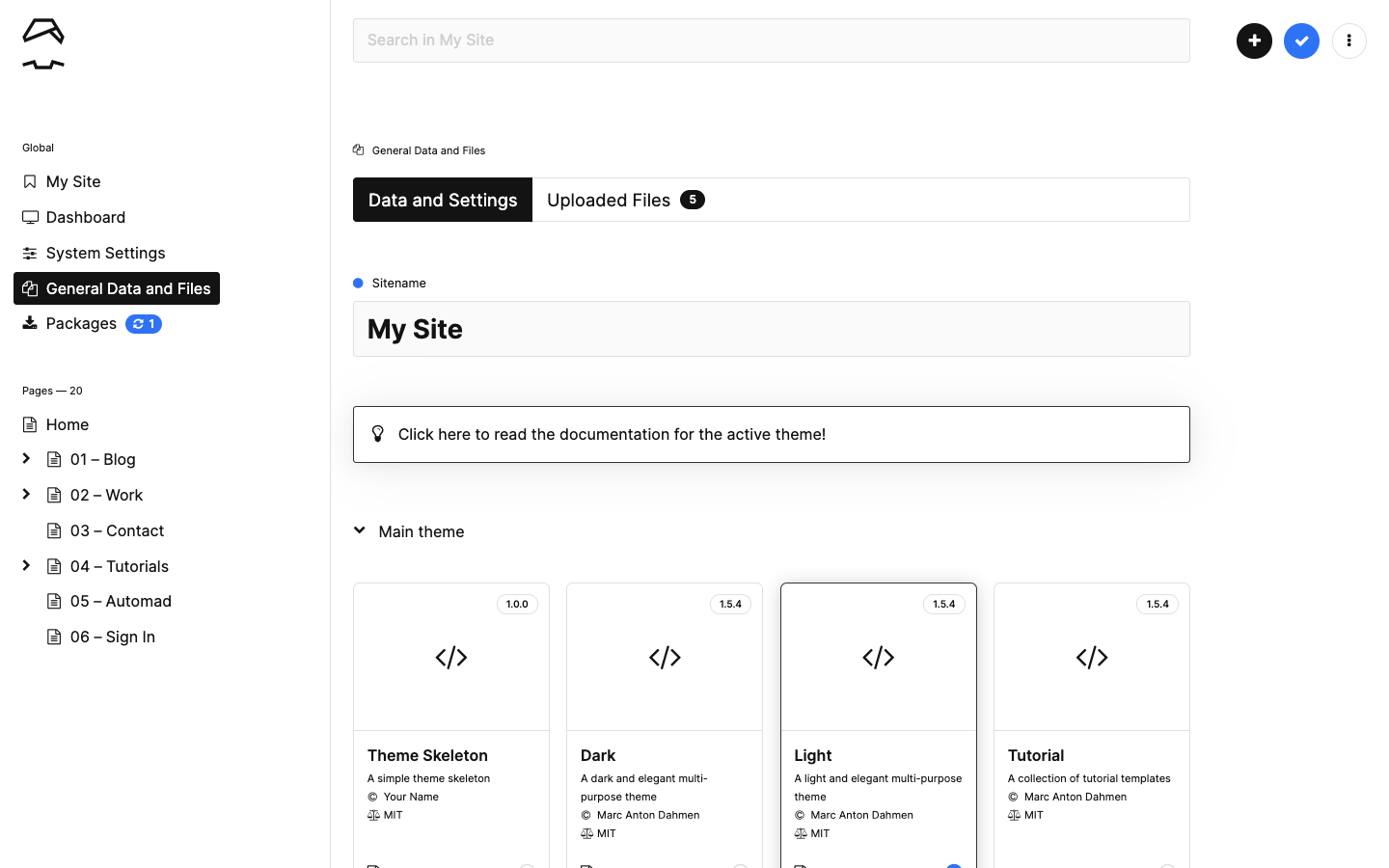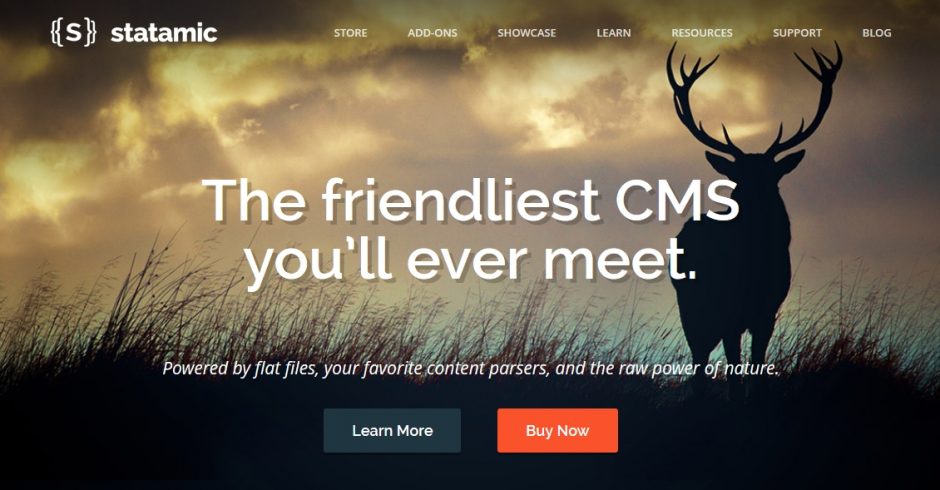


If you look at a flat file-for example, a CSV (comma-separated values) file listing names, phone numbers and addresses-it’s not easy to see how one record is related to each other. For these reasons, it’s also referred to as a non-database CMS or a file-based CMS.Ī flat file is called “flat” because data is stored in a single file, usually plain text, without reference to any kind of structural relationships between them. Instead it uses the all-familiar file and folder system. Unlike a traditional CMS like WordPress or Joomla, it does not use a relational database. This year, we look at a rising, plucky breed of CMS that seek to topple the WordPress colossus: flat file and non-database CMS.Ī flat file CMS is called as such because it uses “flat” files to store and retrieve a site’s content. Over the years we’ve seen how WordPress, once a simple blog platform, came to dominate and entrench itself as the most popular CMS, now powering a fifth of all websites globally.

We’ve reviewed the best of them here and over here and also looked at lesser-known but still worthy applications.


 0 kommentar(er)
0 kommentar(er)
